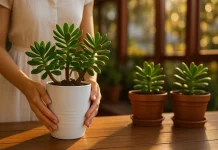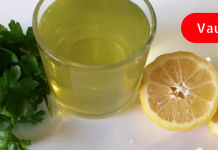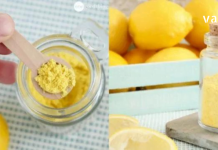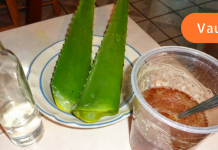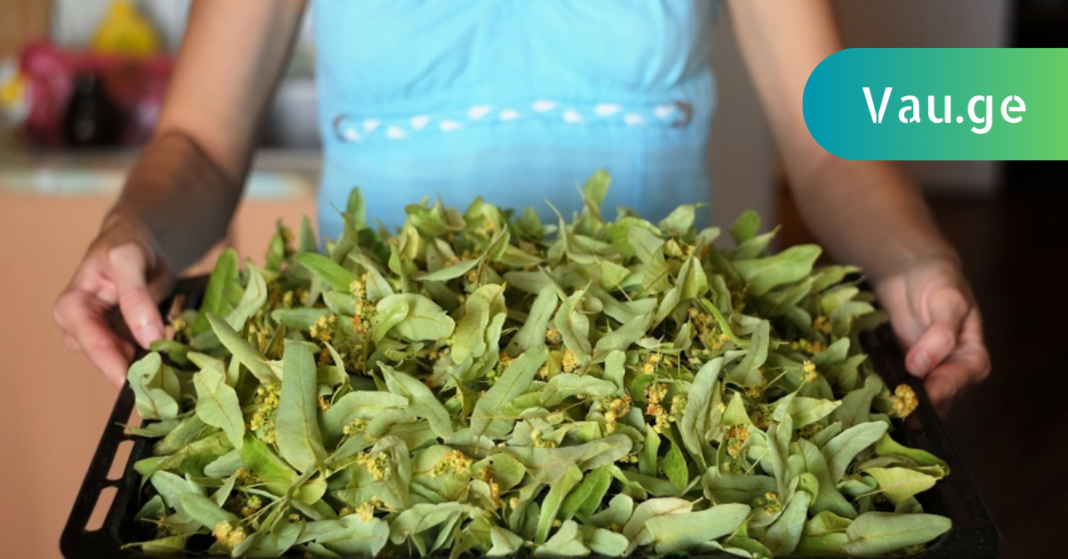A few years ago, I started experiencing persistent and uncomfortable pain in my abdominal area. The discomfort wasn’t fleeting—it lingered and grew more intense over time. It was often accompanied by a constant feeling of nausea and an unbearable sensation of heartburn that disrupted my daily life. The pain had a seasonal pattern—it would worsen noticeably during spring and autumn, leaving me feeling weak, irritable, and constantly worried about my health.
After dealing with these symptoms for far too long, I decided to undergo a thorough medical examination. The diagnosis was clear and, to some extent, expected: I had developed a stomach ulcer. To be honest, it wasn’t entirely surprising. For many years, I had maintained an unhealthy diet, frequently skipping meals or eating overly processed foods. I had also been no stranger to alcohol and smoking—two habits that had certainly contributed to the deterioration of my digestive health.
Once diagnosed, I was prescribed a range of medications. These drugs did help: the pain began to subside, my digestion improved significantly, and I was finally able to eat without the constant fear of discomfort. For a while, things seemed to be getting better. But a question kept nagging at me—was I going to rely on medication for the rest of my life?
Beyond the high cost of these medicines, I was also increasingly concerned about their potential side effects. Long-term medication use can often come with risks—some visible, others hidden until it’s too late. That’s when I began looking into natural, plant-based remedies. I immersed myself in research, looking through herbal medicine books, consulting with people who preferred holistic healing, and even revisiting some of the traditional remedies my grandmother used to prepare.
One particular recipe stood out—not only because of its simplicity but because of the powerful healing effects it was said to have. I decided to try it, and to my surprise, it worked remarkably well. The results were profound. This remedy helped me restore my digestive health, reduce inflammation, and feel stronger and more balanced overall. Over time, it became a regular part of my routine, and I can confidently say that it played a crucial role in my recovery.
Before I share this life-changing recipe, I want to offer some essential advice to anyone suffering from stomach issues or ulcers:
- Regulate your eating habits. Don’t eat large meals infrequently—eat smaller portions more often throughout the day.
- Avoid irritants such as alcohol, cigarettes, spicy foods, and caffeinated beverages.
- Manage stress, as it’s known to aggravate digestive problems.
- Sleep well and avoid eating late at night.
Now, let’s talk about the remedy itself. It’s an herbal infusion made from easily accessible, gentle plants known for their healing properties. Here’s how you can prepare it:
Healing Herbal Infusion for Stomach Ulcers
Ingredients:
- 1 teaspoon of chamomile flowers
- 1 teaspoon of peppermint leaves
- 1 teaspoon of linden (lime blossom) flowers
- 1.5 cups of boiling water
Instructions:
- Mix all the herbs together and pour the boiling water over them.
- Place the mixture on low heat and let it simmer gently for 5 minutes.
- After boiling, remove it from the heat and allow it to steep for 2 full hours. This step is important as it helps extract all the beneficial compounds from the herbs.
- Once the infusion has cooled and steeped long enough, strain the liquid through a fine sieve or cheesecloth to remove the herbal remnants.
How to take it:
Drink half a cup, three times a day—preferably before meals. Follow this treatment continuously for one month.
This remedy is gentle yet powerful. Chamomile is known for its anti-inflammatory and soothing properties. Peppermint helps reduce nausea and relaxes the digestive tract. Linden flowers calm the nervous system and reduce acidity. When combined, these herbs create a harmonious blend that targets the root causes of ulcer-related discomfort without irritating the stomach further.
I’m not claiming this is a miracle cure or a replacement for professional medical treatment. However, in my experience, and in the experience of others I’ve shared it with, this infusion helps restore balance to the digestive system, strengthens the stomach lining, and improves overall wellbeing. It’s also free of chemicals and doesn’t come with a long list of side effects.
To this day, I continue to prepare and drink this herbal tea during the changing seasons—especially in spring and autumn, when my symptoms used to flare up. It gives me peace of mind and has become a comforting part of my health routine. I truly believe that nature offers powerful tools for healing, and this recipe is just one example of that.
If you’re struggling with digestive issues, I encourage you to try this remedy—of course, with your doctor’s approval. Sometimes the simplest solutions, rooted in tradition and nature, can offer the most relief.




